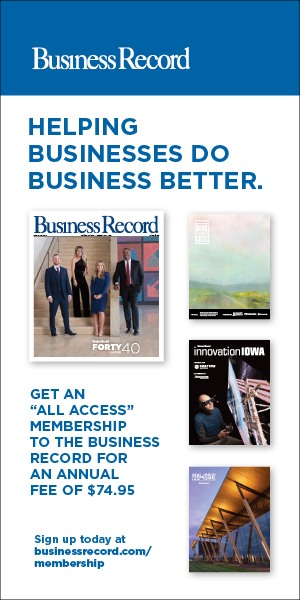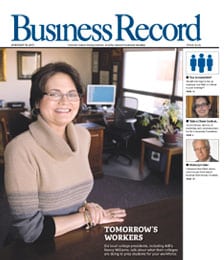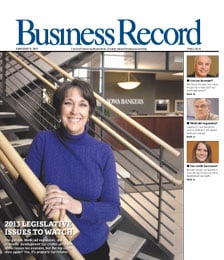Business owners need an exit strategy

When it comes time for business owners to plan their exit, they usually receive different kinds of advice — some on how to ensure that their businesses can succeed after they’re sold, and some on how the owners can realize sufficient value from their businesses and personal assets to meet their future needs. Without a framework to consider both financial plans as one, owners may make separate business and personal decisions without considering how much each is influenced by the other.
A major challenge owners face in developing exit strategies is how best to focus on those few variables present in both business and personal financial planning that will make the most difference. For this example, we will focus on the business side of the plan, even though the personal side has many equally important variables.
Any critical examination of business variables must begin with the cash flow characteristics of the company. Free cash flow (FCF) — profits coupled with working capital growth and capital expenditures — is a recognized way to measure a firm’s operating performance. Let’s assume there are two companies whose owners plan to exit their businesses when their market values, including proceeds from the sale of the businesses, meet or exceed the present value of what the owners need for the future. ABC Co. is rapidly growing and has positive FCF; XYZ Co. also is growing but has negative FCF. How the owners manage these businesses and whether the companies have positive or negative FCF can have a significant impact in determining when it is financially feasible for the owners to exit their firms.
For example, an owner may be able to speed up the date to sell the company by accelerating inventory turnover and reducing overhead expenses. To simplify matters, assume that revenue projections are not affected. In ABC Co.’s case, by cutting in half the 73-day inventory holding period, the owner could shave five months from the 14-year target for exiting the business. By cutting the overhead expense ratio from 10 percent to 5 percent of sales, the target date could be moved up 35 months.
Given XYZ Co.’s negative FCF, increasing inventory turnovers by a comparable amount could accelerate the owner’s exit date by 17 months. Cutting overhead expenses relative to sales by 50 percent could speed the owner’s exit by almost 59 months.
Why such a major difference between the two companies? Both admittedly significant changes improve FCF for both firms. However, ABC Co. requires no external financing because it produces excess cash each year, while XYZ Co. requires external financing to meet its annual cash shortfall. Assuming that the shortfall is financed with debt, altering the inventory holding period and overhead expenses affected XYZ’s performance more because interest expense on the added financing is reduced. Though this impact may seem nominal at first, it is compounded annually over the years of the plan and ultimately built into the firm’s exit date valuation.
This example is meant to point out the importance of owners investing the time to fully understand their businesses’ financial characteristics. Not doing so makes the owners unable to effectively consider alternative business plans and, more important, unable to effectively examine the interaction between those alternative business plans and their personal financial strategies. An owner needs to grasp the basics before advice from various sectors of the financial community can be truly helpful.
Roger Stover is a professor of finance at the Iowa State University College of Business.







